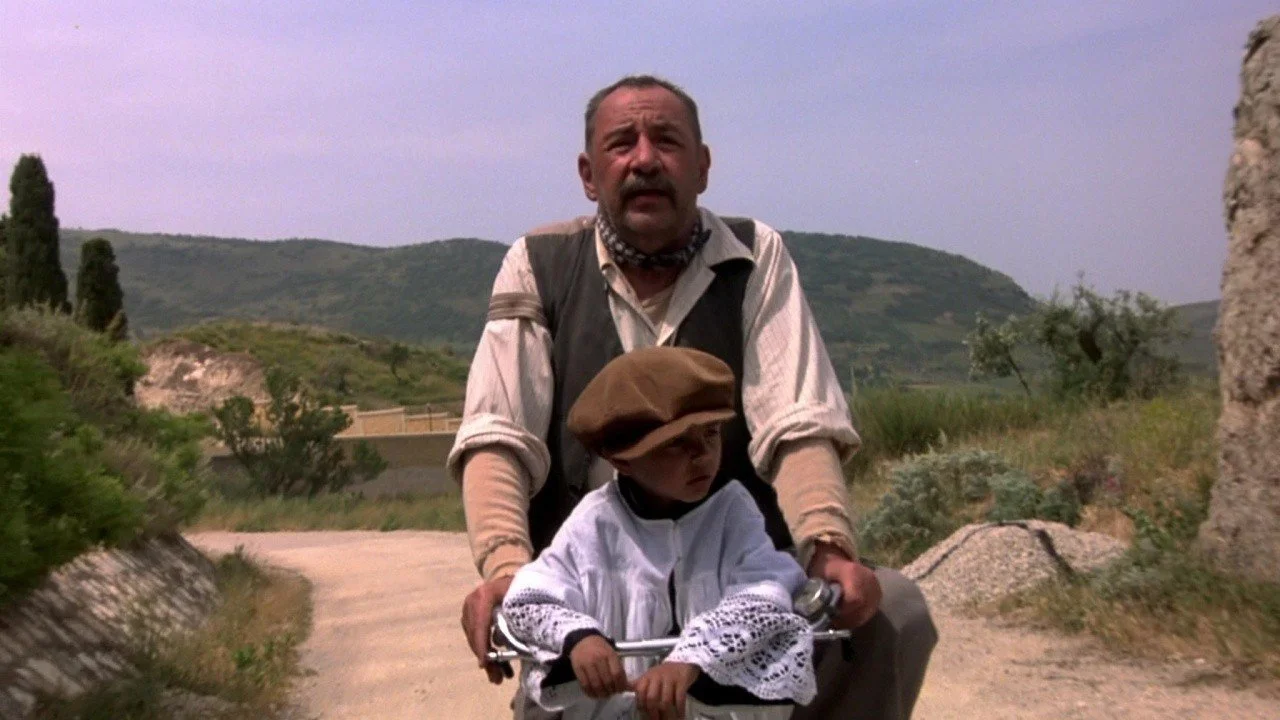When Steven Spielberg’s ‘Jurassic Park’ premiered in 1993, hardly anyone could have foreseen the enormous impact it would make on the film industry. Based on Michael Crichton’s exciting book, the movie not only transformed the blockbuster category but also established new benchmarks for special effects, audio design, promotion, and narrative. The legacy of ‘Jurassic Park’ still resonates within Hollywood many years following its debut, representing a time of both technological progress and storytelling aspiration.
Revolutionizing Visual Effects Through CGI and Animatronics
Before ‘Jurassic Park’, computer-generated visuals (CGI) were an emerging discipline, featured prominently in movies such as ‘Terminator 2: Judgment Day’ and ‘The Abyss’. Nonetheless, Spielberg’s dinosaur adventure brought this technology to widespread attention. The partnership between Industrial Light & Magic (ILM), under the direction of Dennis Muren, along with the brilliant animatronics by Stan Winston, achieved a groundbreaking fusion of digital and real-world effects.
The T-Rex paddock scene remains a masterclass in suspense and technical prowess: animatronic heads and feet are seamlessly intercut with full-body CGI shots, creating lifelike creatures that interacted convincingly with actors and settings. Visual effects supervisor Phil Tippett, originally hired for go-motion animation, became central to the seamless integration of physical models and digital techniques. The phrase “We spared no expense,” echoed by park owner John Hammond, aptly described the film’s dedication to technological excellence.
Upon observing ‘Jurassic Park’, directors and production houses realized the storytelling possibilities of CGI. The film’s revolutionary effects eliminated former constraints, leading to series like ‘The Matrix’, ‘Harry Potter’, ‘The Lord of the Rings’, and the Marvel Cinematic Universe. Viewers’ anticipations evolved; the line dividing reality from fantasy was eternally changed.
Elevating Standards in Audio Composition and Music Scoring
‘Jurassic Park’ also set new standards in sound design, utilizing groundbreaking techniques to make the dinosaurs truly come alive. Sound designer Gary Rydstrom crafted dinosaur roars from a medley of animal sounds—including elephants for the T-Rex and dolphins for Velociraptors—creating distinctive, memorable effects that have become icons of pop culture.
The soundtrack by John Williams for ‘Jurassic Park’ is a key component of its enduring legacy. The grandiose main melody inspires a sense of amazement and wonder, highlighting both the grandeur and fear associated with genetic revival. Williams’ music not only amplified the emotional intensity but also became one of the most identifiable themes in film, crucial to the movie’s lasting charm.
The Rise of the Contemporary Marketing Juggernaut
‘Jurassic Park’ transformed the strategy for movie marketing and product partnerships. Universal Pictures coordinated a comprehensive multimedia campaign that was unparalleled during its era: themed toys, video games, fast-food deals, associated novels, and documentaries about the making of the film, all of which heightened anticipation and prolonged the movie’s impact well beyond its time in cinemas. This multi-platform integration established a profitable model for later franchises like ‘Star Wars: The Phantom Menace’, ‘Spider-Man’, and even ‘Frozen’, positioning ‘Jurassic Park’ as a model for cross-media storytelling and business synergy.
Reshaping Storytelling and Genre Conventions
Although ‘Jurassic Park’ is frequently praised for its technical achievements, its storytelling importance is just as remarkable. The movie blends sci-fi, horror, and adventure with characters that resonate and thought-provoking ethical dilemmas. It delves into themes of scientific accountability, corporate selfishness, and the unpredictability of nature, anchoring the visual display in ethical intricacy.
Spielberg’s leadership guarantees that the human narratives remain prominent despite the awe-inspiring technology. Ellie Sattler’s empathy, Alan Grant’s fatherly evolution, Ian Malcolm’s critical analysis of mathematics, and John Hammond’s arrogance continue to engage audiences across ages. This equilibrium served as a model for combining character-centered drama with grand visuals, impacting later films like ‘Avatar’, ‘Gravity’, and ‘Interstellar’.
Setting New Benchmarks in the Industry and Worldwide Influence
The success of ‘Jurassic Park’ ($1 billion in global box office by 2013, counting re-releases) demonstrated that epic filmmaking, when combined with imaginative storytelling and technical innovation, could yield mass appeal. The film’s release catalyzed investments in CGI infrastructure across Hollywood and prompted the industry to reevaluate everything from pre-production planning (previsualization) to visual effects pipelines and post-production workflows.
It further opened doors for worldwide partnerships in visual effects, with studios and artists globally looking to leverage the film’s techniques. The impact was evident in the rapid expansion of VFX-focused studios in areas like London, Wellington, and Vancouver, essentially making the industry worldwide.
Legacy and Enduring Influence
The lasting impact of ‘Jurassic Park’ goes beyond its follow-ups and spoofs. It encouraged viewers and creators to think ambitiously, to believe in the combination of art and technology, and to aim for narratives that challenge the limits of imagination. It nurtured generations of directors, animators, and enthusiasts motivated by the vision of a Brachiosaurus feeding in cinemas.
A medida que el cine se transforma, ‘Jurassic Park’ se erige como un hito en la creación cinematográfica innovadora y la creciente intersección entre la ciencia, el arte y el entretenimiento comercial. Su legado sigue profundamente arraigado en el ADN del cine contemporáneo, recordándonos que, de vez en cuando, una película puede realmente cambiar las reglas del juego.




